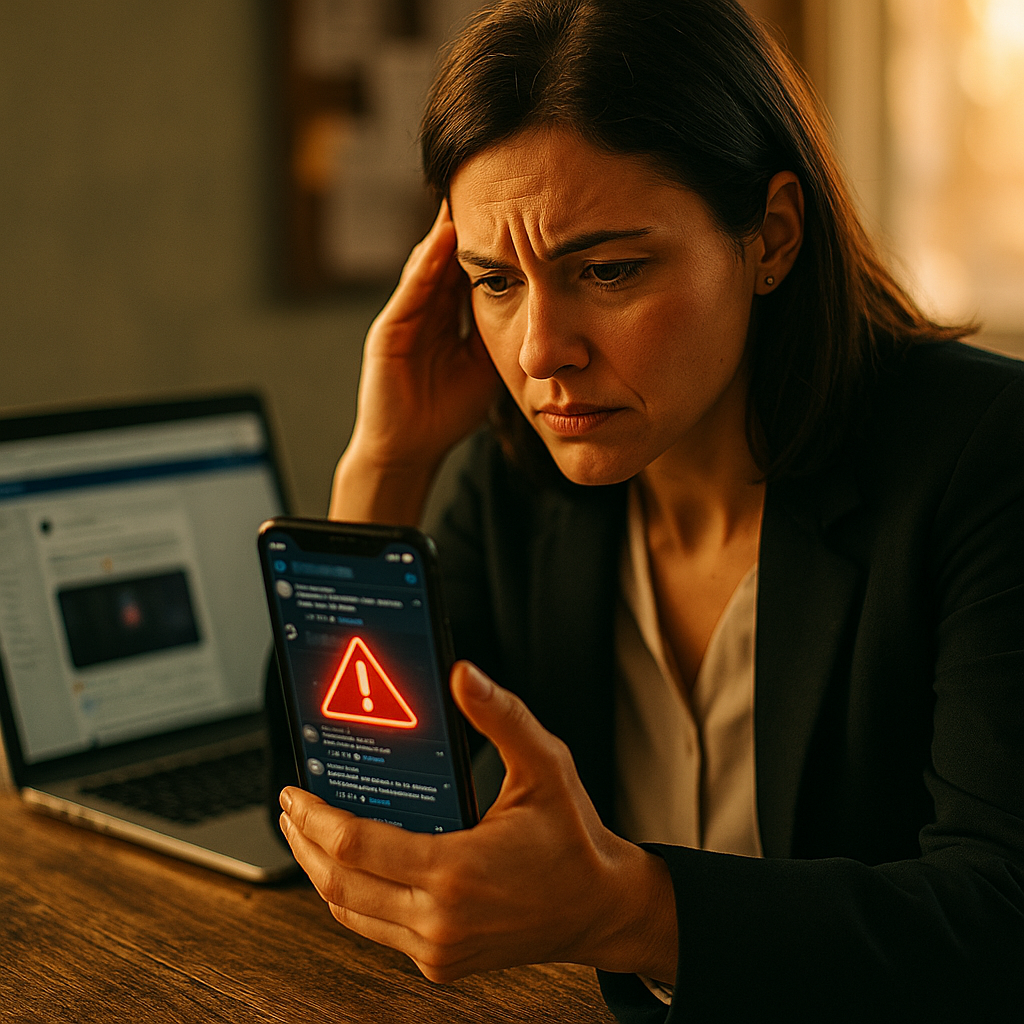In this case study, we’ll explore how a social media campaign successfully navigated a PR crisis, turning potential disaster into a showcase for transparency and customer engagement. By dissecting each stage, you’ll gain actionable insights into responding to online criticism and regaining public trust. Discover what tactics truly work when brand reputation is on the line.
Understanding the PR Crisis: Context and Challenges
The foundation of any effective PR crisis response starts with recognizing the scope and root causes of the issue. In early 2025, a global sportswear brand faced widespread customer frustration after an influencer posted a video exposing defective product shipments. The video spread quickly, generating tens of thousands of negative comments and tweets overnight.
Customer trust eroded rapidly as screenshots, unboxing videos, and memes went viral across Instagram and TikTok. Social listening tools tracked a 400% increase in negative sentiment mentions within 48 hours, highlighting the speed at which a brand’s reputation can spiral. Recognizing this urgency, the company’s social media and communications team sprang into action, aware that public acknowledgment and timely response were critical in the social media era.
Immediate Response: Social Media Crisis Management Tactics
Central to the brand’s survival was a rapid, transparent response. Within six hours of the influencer’s viral post, the company issued a concise apology across social channels, directly addressing customer concerns. This post included:
- An explicit acknowledgment of the problem
- A commitment to investigate and resolve the issue
- Direct links to customer service channels for support
The brand avoided defensive language and instead framed its message around accountability and empathy. Senior leadership recorded a short video—shared natively on all platforms—promising regulatory-compliant quality checks and a 24-hour update cycle until the issue was fully addressed.
Active engagement with commenters, utilization of branded hashtags, and real-time Q&A Twitter Spaces ensured that customers felt heard and valued rather than ignored. Research from Sprout Social in 2025 suggests that brands who reply to social comments within two hours see a 45% increase in positive sentiment during crises.
Rebuilding Trust: Social Media Reputation Repair Strategies
Once the initial backlash slowed, the focus shifted to long-term trust restoration. The brand launched a multi-phase campaign with these core strategies:
- Transparent Updates: Daily social stories showcased warehouse improvements, interviews with quality control staff, and “day-in-the-life” employee perspectives.
- Customer-Centric Content: Influencers and affected customers received personalized video apologies, discount vouchers, and invitations to join a product advisory panel, which they shared on their feeds.
- Third-party Endorsements: The brand enlisted independent consumer rights advocates to review and verify improved processes, then published their findings directly to Instagram, X, and LinkedIn.
This multi-channel, honest approach resonated broadly. According to DataReportal’s 2025 social commerce review, 78% of consumers say peer and expert validation is the most convincing evidence of brand reliability after a crisis.
Measuring Outcomes: Social Media Campaign Results and Analytics
To assess the impact of their PR crisis management campaign, the brand implemented robust analytics across all channels. Key success metrics included:
- Sentiment Recovery: Negative mentions dropped by 82% within three weeks.
- Follower Retention: After an initial dip, net followers grew by 10% over two months, with high engagement rates on crisis-related posts.
- Customer Service Response Time: Average response time halved from 65 minutes to 31 minutes, demonstrating improved team agility.
- Media Coverage: Several major publications re-framed the story, commending the brand’s openness and innovative social listening practices.
Weekly reports allowed the comms team to spot narrative shifts and optimize content for maximum reassurance and reach.
Lessons Learned: Best Practices for Social Media PR Crisis Recovery
This real-world example offers a blueprint for brands confronting digital firestorms. Some of the most effective lessons include:
- Speed and Transparency: Prompt, open communication sets the tone for recovery. Silence or delayed messaging is often interpreted as negligence or guilt.
- Multi-Platform Engagement: Consistency across Instagram, TikTok, LinkedIn, and X (formerly Twitter) amplifies credibility and reach.
- Humanized Leadership: Video messages from executives, filmed in authentic, unscripted settings, foster emotional connection and trust.
- Personalized Remediation: When possible, address affected customers directly and transparently, centering the narrative on their experiences and feedback.
- Iterative Analytics: Real-time data enables teams to pivot strategies quickly, addressing emergent concerns as they surface.
By embedding these steps into the company’s social media playbook, the likelihood and impact of future crises can be significantly reduced.
FAQs: Navigating a PR Crisis on Social Media
-
What is a social media PR crisis?
A social media PR crisis occurs when negative attention, complaints, or damaging content spreads rapidly across platforms, threatening a brand’s image or bottom line. Timely, genuine responses are essential to mitigating long-term effects. -
How soon should a brand respond during a crisis?
Brands should respond as quickly as possible—ideally within hours. Early acknowledgment shows accountability and can prevent further negative escalation. -
What are the best social media platforms for crisis communication?
Use the platforms where your audience is most active. Typically, Instagram, TikTok, X, and LinkedIn are key for most consumer and corporate crises. -
Why is transparency important during a PR crisis?
Transparency assures audiences that the brand is not hiding facts or deflecting blame. Honest updates build trust and reduce speculation. -
How do you measure if the crisis response was successful?
Track changes in sentiment, engagement, customer feedback, and media coverage. Reduced negative mentions and improved service stats indicate progress.
In summary, navigating a social media PR crisis requires swift, transparent, and multi-channel engagement strategies. As seen in this case study, brands that prioritize honest communication and ongoing customer support can restore trust and even emerge stronger, using smart analytics and creative social content to lead the conversation and redefine their reputation.
